Re-evaluating Italian horrors on Blu-ray from 88 Films
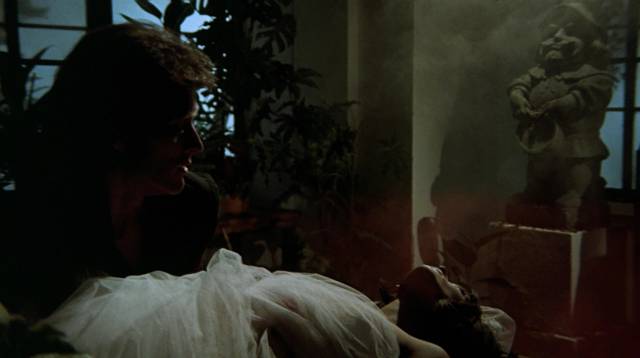
How much does the technical quality of media affect my appreciation of particular movies? After all, the movie itself – story, characters – remains the same whether seen on murky VHS or pristine high-definition video. Image clarity does make it easier to see detail, of course, but it’s the same movie. And yet I often (too often?) feel compelled to re-buy a movie as it appears in new and improved editions. Is it merely a quest to regain the sensation of first discovery – obviously futile – or an expectation that somehow the movie will actually be different this time? I really don’t know, but I continue to double- or triple-dip … and sometimes buy things four or five times as the technology evolves.
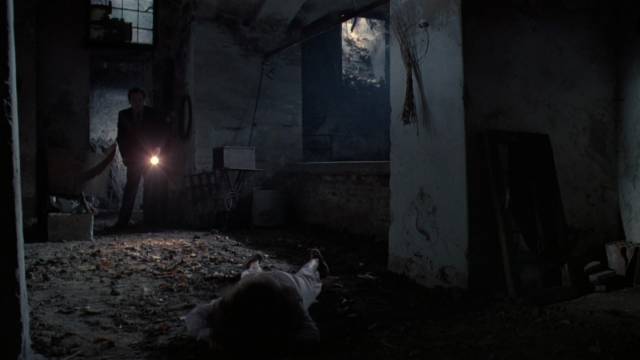
Zeder (Pupi Avati, 1983)
In the case of Pupi Avati’s Zeder (1983), I’m now on my fourth edition and, at this moment, feel that I can stop because how could the 88 Films Blu-ray be improved on? I first encountered the movie two decades ago when I acquired a copy of the Image Entertainment DVD released in 1999 – the very early days of the format. I loved the movie, a slow, haunting, unsettling supernatural horror with sci-fi elements. At the time, I didn’t give much thought to the quality of the transfer – I was used to VHS – but looking at it now (I still have the disk), it seems virtually unwatchable, a murky, full-frame image mastered from a very battered print.
Because I liked the movie, I didn’t hesitate to buy a copy of the Italian DVD released by 20th Century Fox in 2002, making it one of my earliest double-dips. The widescreen anamorphic image was vastly improved, and obviously taken from a better source. Not surprisingly, the disk uses the Italian dub, but also includes the English soundtrack – the movie had been shot with the actors mostly speaking English, which was typical of Italian genre productions of that era as they had an eye towards a larger export market. However, the English subtitles used on the Italian disk were created to match the English track rather than directly translate the Italian dialogue, so subs occasionally appear when no one is speaking and at other times there are no subs when someone is speaking. So, despite the improved image and sound, this edition was still not ideal.
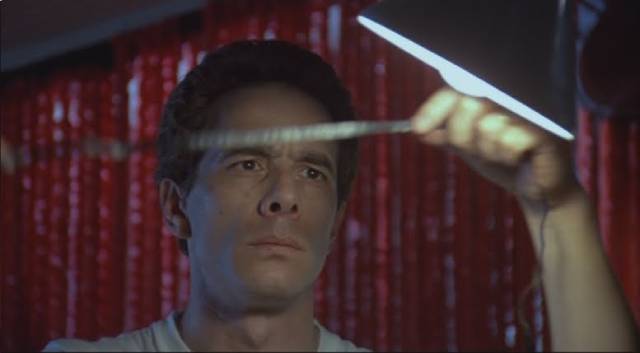
Which is why I didn’t hesitate to buy a copy of the Code Red Blu-ray when it was released in 2017. Naturally, once again the image was significantly improved, but disappointingly Code Red once again used the captions for the English dub rather than authentic subtitles for the Italian track, pretty much forcing you to watch the English version. Apart from the lack of sync between the Italian track and the titles, they were made annoyingly obtrusive by using yellow text inside a black box.
All of which means that, although the movie itself continued to impress me, my experience of watching it was continually compromised despite the technical improvements of each subsequent release. I should explain that my slight resistance to watching the movie in English is not simply some kind of snobbish attitude to “dubbed” movies – after all, the Italian track is also post-dubbed, and doesn’t match the lip movements of the actors. It’s due in part to a sense that Italian adds to the film’s atmosphere because it better matches the setting, and in part to the fact that by now the English voices seem all too familiar as so many Italian movies used the same companies in Rome for the job. I find it distracting that everyone in the movie sounds like someone I vaguely remember from numerous spaghetti westerns and poliziotteschi.
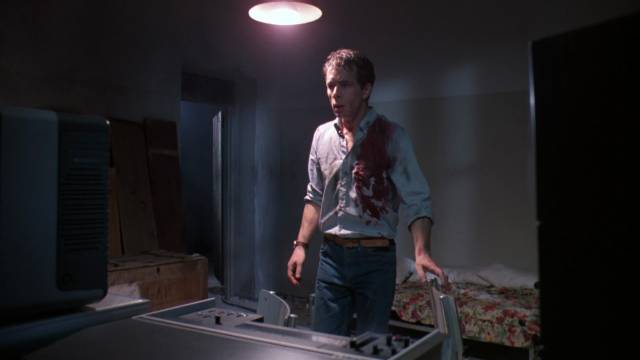
So once again, I didn’t hesitate when I discovered that 88 Films had released a “collector’s edition” in 2022. Packaged in a slipcase with a booklet of essays, what really mattered was that this disk has actual subtitles for the Italian track so it’s possible to watch it the way I really want to. Added to that is an image which once again improves on previous editions, though naturally the difference is not as pronounced this time – the Code Red does look good, with vibrant colours and a lot of detail. Nonetheless, the 88 Films image is a bit richer, adding to the movie’s unsettling atmosphere. In addition to image and sound quality and the improved subtitles, the disk also has two commentary tracks and four interview featurettes with Avati, his brother and co-producer Antonio, costume designer Steno Tonelli, and star Gabriele Lavia. Along with the booklet (in dire need of a copy editor and proofreader) there’s also a poster. So this is definitely a winner.
As to the film itself, even after multiple viewings over the years, I still love it. The mix of mystery (protagonist Stefano fits the model of the giallo’s amateur investigator who gets drawn into a narrative in which secrets from the past cast a deepening, and dangerous, shadow over the present), horror and science fiction is satisfying on multiple levels, as both genre and drama. The structure, with its beginnings in the discovery of a secret text which leads Stefano on an increasingly obsessive search for knowledge, even hearkens back to the ghost stories of M.R. James and (though Avati firmly asserts that it’s not the case) H.P. Lovecraft’s stories of academics digging through old texts and decaying remnants of the past, learning only too late that they’ve walked into danger.
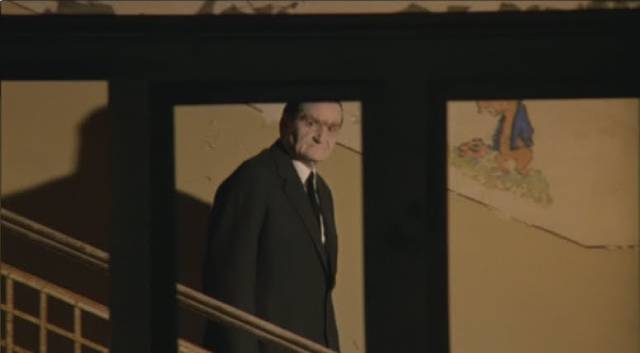
By limiting point of view to this character, Avati is able to suggest disturbing ideas and events without fully explaining the fantasy elements. We never quite get a clear picture of how things work (and quite possibly they don’t really make sense), but it doesn’t matter because the aura of mystery and the dangerous errors Stefano makes along the way are what give the film its unsettling atmosphere. Stripped of the supernatural elements, it would still play as something like the great paranoid thrillers of the 1970s, with Stefano caught out of his depth like Warren Beatty’s Joe Frady in The Parallax View (Alan Pakula, 1974); but instead of political intrigue, the secret society in Zeder is looking for a way to conquer death. (The disk extras and booklet address the strange coincidence of the film being released almost simultaneously with the publication of Stephen King’s Pet Sematary, a striking case of creative synchronicity.)
*
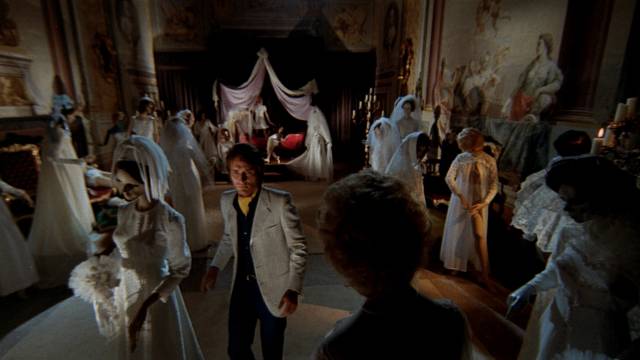
Hatchet for the Honeymoon (Mario Bava, 1970)
While each release of Zeder improved my viewing experience, none of them altered my original appreciation of the film in any particular way. That doesn’t seem to be the case with Mario Bava’s Hatchet for the Honeymoon (1970), though. I’m not alone in thinking that this Spanish-Italian co-production is minor Bava, but watching it again for the first time in years on the 88 Films Blu-ray I found it much more interesting than I remembered from seeing it on Anchor Bay’s 2004 PAL DVD. Shot by Bava himself, there are some striking images – looking much better on the new disk – but what held my attention were some unconventional conceptual elements. I must have been aware of these when I first saw it, but the movie just didn’t stick with me the way most of Bava’s films do.
A variation on the giallo, Hatchet for the Honeymoon immediately short-circuits any mystery by showing us the killer in the opening scene. Although we don’t yet know who he is, John Harrington (Stephen Forsyth) is clearly visible as he sneaks into a private compartment on a train, interrupting a couple of newlyweds who don’t notice him as they embrace until it’s too late – when he strikes with a gleaming meat cleaver.
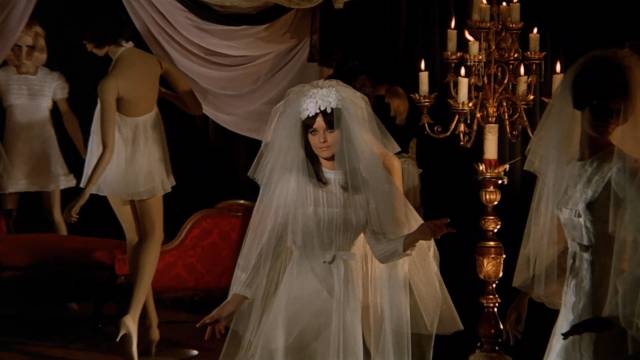
We next see him arriving at the office of his fashion house – echoes of Bava’s genre-defining Blood and Black Lace (1964) – which specializes in bridal gowns. Not only do we now know who the killer is, we are given privileged access to his motives as he tells us in voice-over that he is insane, that he knows it, and that there is something hidden in his past which he is certain will explain his murderous actions if he can just access the key memory, which seems to become clearer with each new killing. This reminds me a little of Jim Thompson’s first-person narratives which put you inside a psychopath’s mind, forcing you to see the world from that perspective and thus making you somewhat complicit in the killer’s violent actions.
As John continues to kill women who are about to marry, prying loose those suppressed memories (which actually aren’t that difficult to figure out), the police gradually close in and his wife Mildred (Laura Betti, who in addition to working for Bava a couple of times made films with Fellini, Pasolini and Bertolucci among others) keeps needling him until he kills her too. Here, slyly, the movie turns a familiar trope on its head – you might expect, after he buries Mildred’s body, that John would perhaps begin to see her apparition at inopportune moments, creating socially awkward situations which would lead him to expose his crimes. But instead, other people begin to see and even speak to her, while she remains invisible to John, suggesting that she’s not a mere figment of a deranged mind but actually a genuine ghost – one which is playfully malicious. This supernatural element is foreshadowed by Mildred’s interest in spirits and her earlier attendance at a seance during which she channels what appears to be John’s long-dead mother.
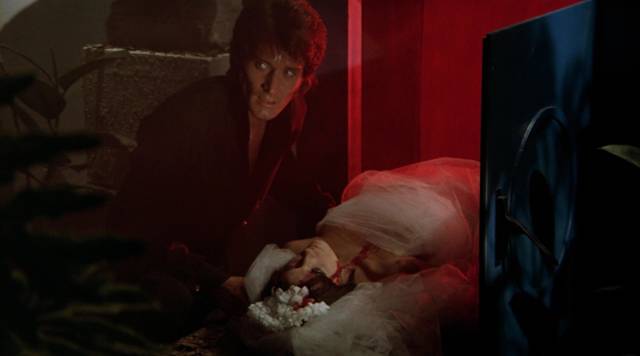
By the time John is caught in a police trap, facilitated by the sister of one of his previous victims, that buried memory finally surfaces clearly and tells us what we’ve already guessed about his childhood trauma (embodied by his silent, mournful younger self [Pasquale Fortunato] who watches as John commits his murders), a resolution which wraps things up efficiently. But in retrospect, instead of making a rather tired and predictable giallo, what Bava has done is produce a black comedy gloss on the genre, not so much parody as auto-critique, more in line with the black comedy of Bay of Blood (1971) than a straightforward giallo like Blood and Black Lace.
In addition to Laura Betti, distinctively acerbic as Mildred in both her roles, as nagging wife and intrusive ghost, the cast includes Dagmar Lassander, familiar from a number of other gialli, as the dead model’s sister, while Canadian Stephen Forsyth is much better than I remembered as the killer; he maintains an interesting balance between a passively handsome bourgeois businessman and someone still locked into childhood trauma, emotionally stunted and acting out antisocial impulses. This was Forsyth’s final film after six years in the Italian business; he went on to a career in music and photography.
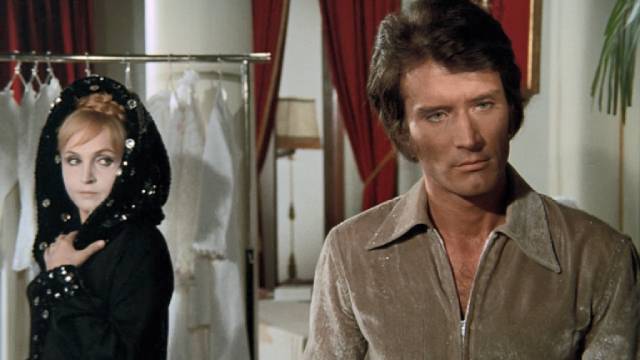
As with Zeder, the limited edition offers a fine transfer along with a commentary, a couple of interview featurettes, a booklet with a couple of essays and a poster. In this case, the upgrade has improved my opinion of the movie. (And once again, although nicely designed, the booklet is a mess of typos, grammatical errors and, even worse, factual errors – Barry Forshaw misnames Elke Sommer as Britt Ekland in reference to both Baron Blood and Lisa and the Devil/House of Exorcism. Although not a typo, his judgment that Lisa and the Devil is a complete failure just seems absurd to me.)
Comments
Kenneth, I often do upgrades when Criterion blu-ray discs come along. For example, I already had the fullscreen laserdisc version of In the Heat of the Night but had to upgrade to the Criterion blu-ray version when it was released.
The same thing happened when Criterion released the blu-ray version of Carnival of Souls. I had the public domain dvd version that was part of a big 50 movie sci-fi collection. Hideous transfer. The Criterion blu-ray is so well mastered it seems like a different movie.
However, there are times I don’t upgrade. I have the Criterion laserdisc version of Umberto.D. That’s good enough for me 🙂